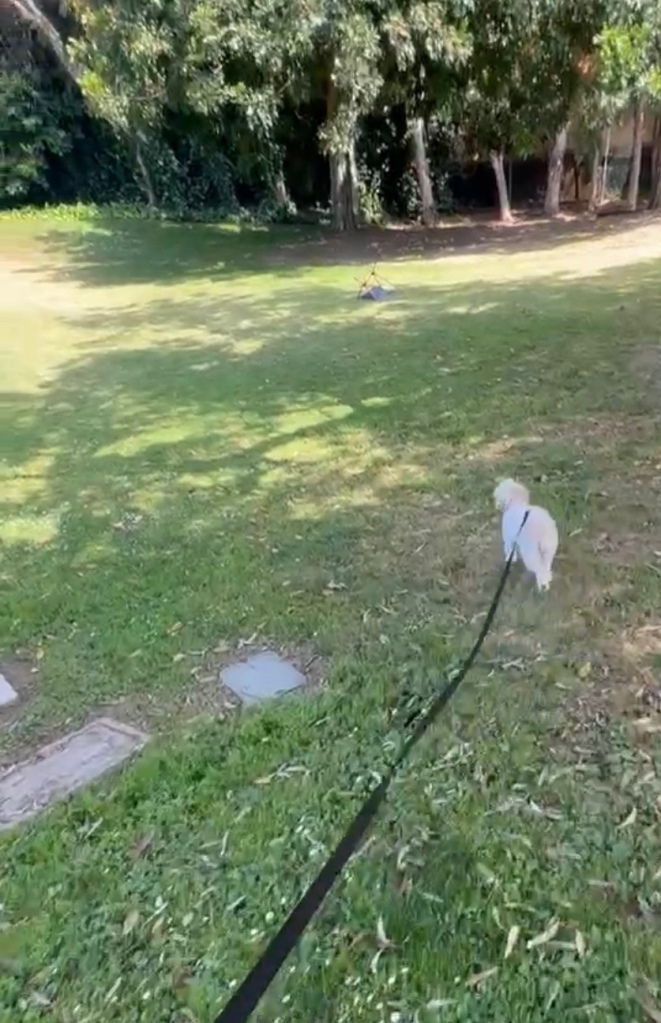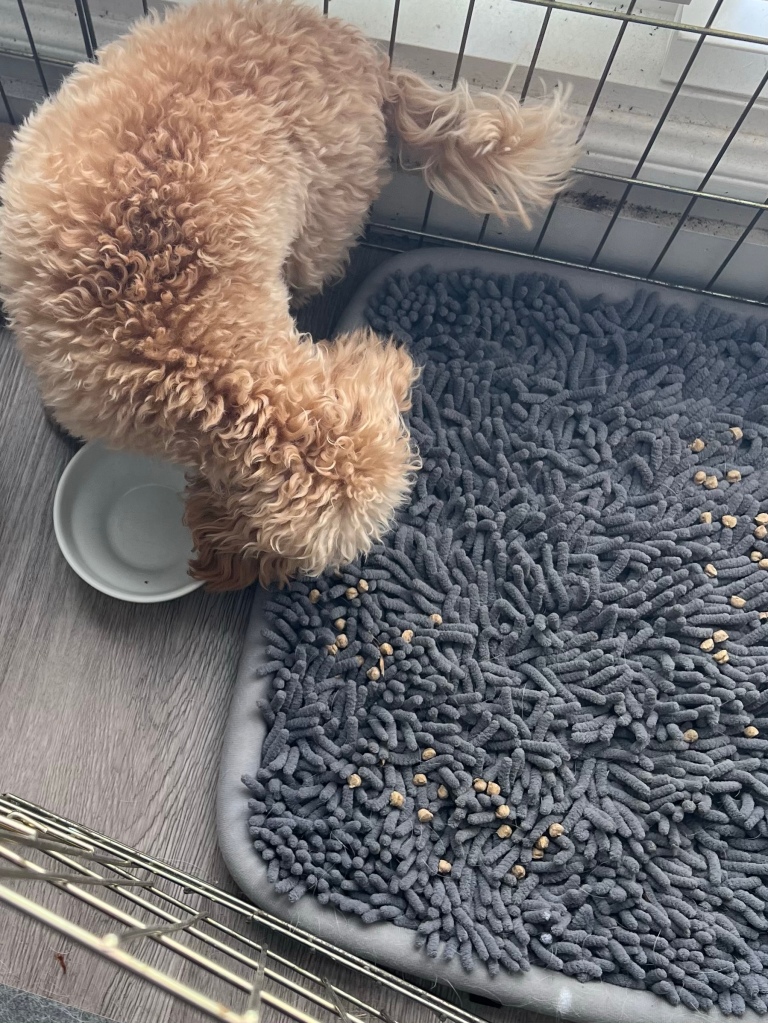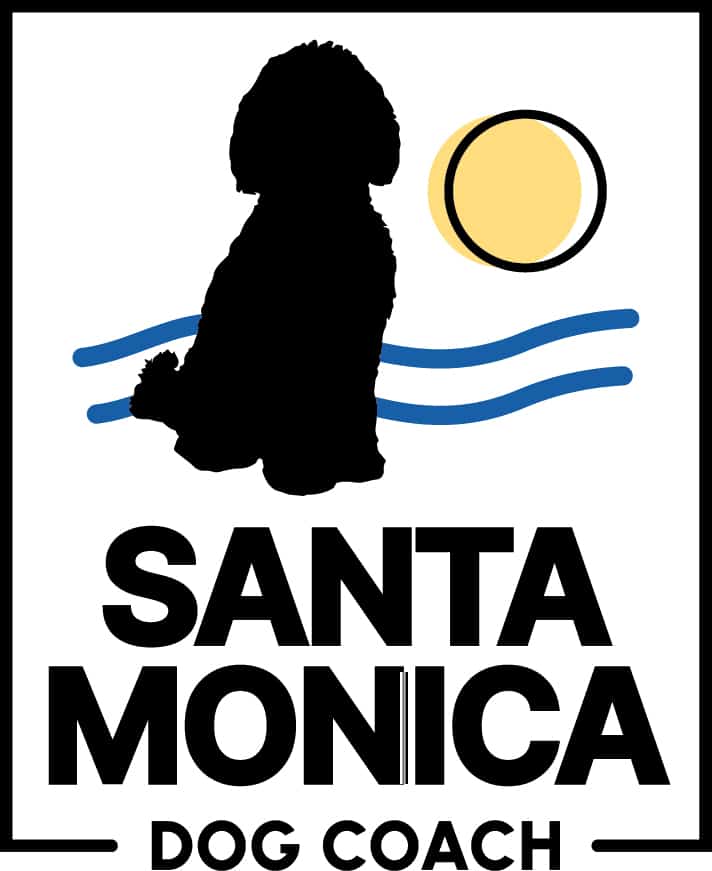The stories of an antibiotic-resistant respiratory disease that’s been fatal in some cases has many dog guardians rethinking their normal exercise routines. Experts are recommending we avoid group dog activities, and all indoor areas where dogs congregate, to minimize the risk until the disease has been identified and a treatment discovered.
Leashed walks around the neighborhood are good, but only if your dog doesn’t come close to other dogs. Some neighbors might not understand, but crossing the street or retreating up a path or driveway to put space between your dog and one on the sidewalk is relatively easy to accomplish.
If you’ve been using dog parks and daycare because your dog pulls relentlessly, or they become reactive on-leash, please reach out. Loose-leash walking, even with fearful and reactive dogs, is a specialty of mine.
Walking your dog in natural areas on a long leash (15-20 feet) permits your pup to walk safely at a distance and consume all the smells their heart desires. I call this a “sniffari,” or a “decompression walk.” The goal is the same: let the dog fill their natural instincts to sniff and explore. Dogs set the pace. They decide where they’re going. They decide how long they’ll stop.

Sniffaris are tremendous energy burners. Although they typically move much slower than an urban walk (great if you’re carrying a baby or having a conversation), the act of sniffing involves much more of the dog brain than walking on a sidewalk. A 20 minute sniffari can easily achieve what a 45 or 60 minute urban walk can.
Flirt poles are awesome for energy burning,mental stimulation and human-canine bonding. It’s easiest when you have a secure fenced space (or open indoor area) so your pup can be off-leash, but that’s not a requirement. Many of my westside clients successfully use a long leash with the flirt pole in public spaces.

If you have access to a fenced outdoor space or tennis court, ball herding with a Collie Ball or similar is tremendous fun for most medium-sized and larger dogs. It burns a good deal of mental and physical energy, and fulfills dogs on an instinctual level (enriching).
Teaching a dog to walk on a treadmill isn’t as difficult as it may sound. The vast majority of dogs learn to love this activity, when properly introduced. A human treadmill is shorter than one that’s designed for dogs and they have a motor, so the dog isn’t walking autonomously. Your pup will likely need guidance for using one, but not more than a few lessons.
If your budget allows there are many types of dog treadmills on the market today, at many different price points. The ultimate is a manual treadmill (no motor) called a slatmill. They’re longer and taller than the typical human treadmill and typically more expensive, but with this type you never have to worry about the pace you’re asking your pup to walk or run at. The dog is in complete control. Slatmills are safe for older dogs for that reason.
Scent games are fantastic energy burners you can utilize indoors and out. Start by hiding high-value treats (I use only feeeze-dried meat treats) or dry food in the room your pup spends the most time in. Slowly expand the number of hiding places and the types of rewards, to hold your dog’s interest and motivate them to play the game.
Scatter feeding or foraging is the ultimate dog scenting game. You can use natural or artificial turf and most ground cover. Throw a portion of your dog’s kibble into the grass/ground cover and watch them go!
Snuffle mats allow dogs to forage indoors. There are a variety of styles available on Amazon, but you could even use a small shag bath mat or similar. I don’t recommend using installed carpet. Crumbs can get into the padding and be difficult to remove.

There are many other forms of enriching mental and physical exercise you can use in place of group dog activities. If you’d like personalized recommendations, or sources for any of the above, please drop me a message and tell me about your dog.
Dee Green has been a professional dog trainer and canine behavior consultant for more than 20 years. She specializes in puppies up to 18 months, and fearful, anxious and reactive dogs of all ages.
©️2025 Dee Green, Santa Monica Dog Coach, all rights reserved
